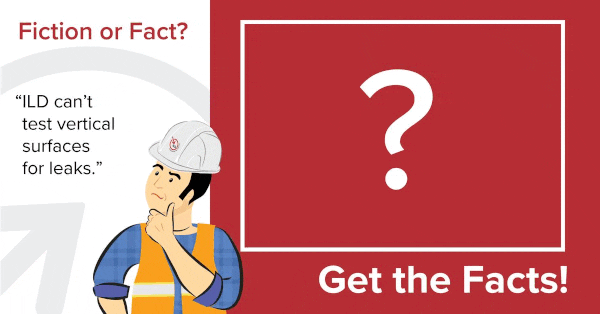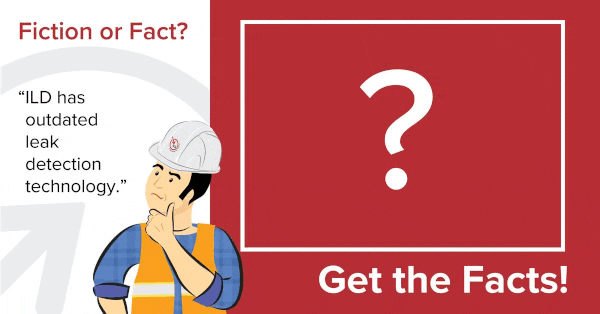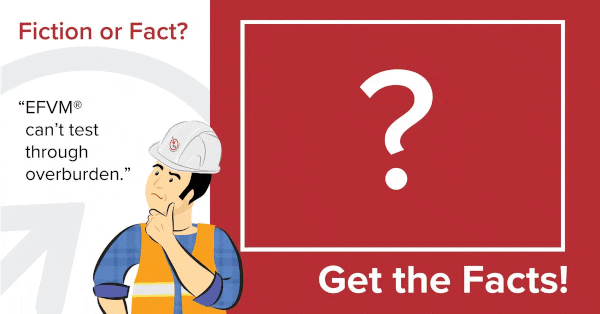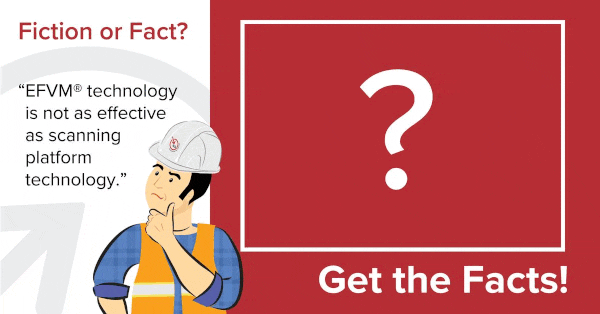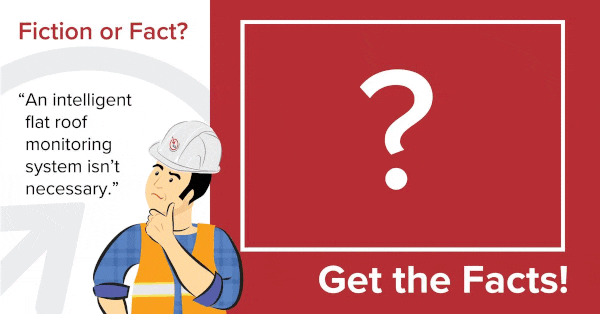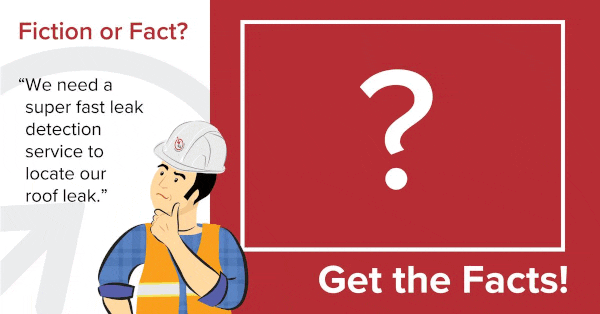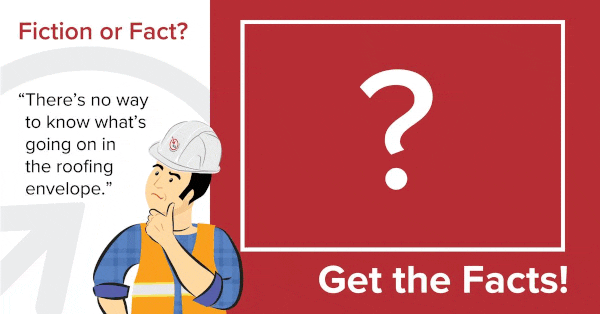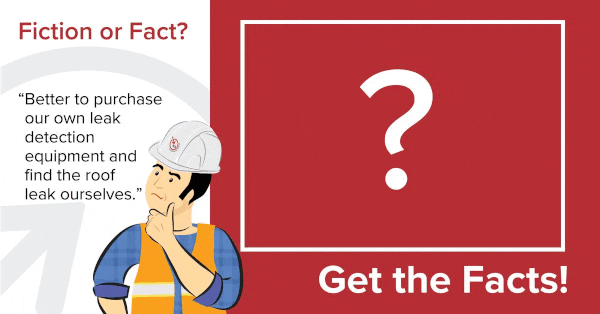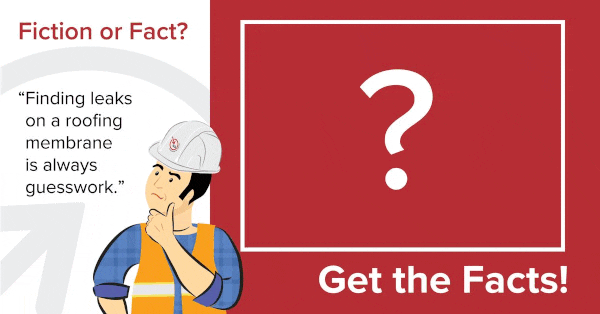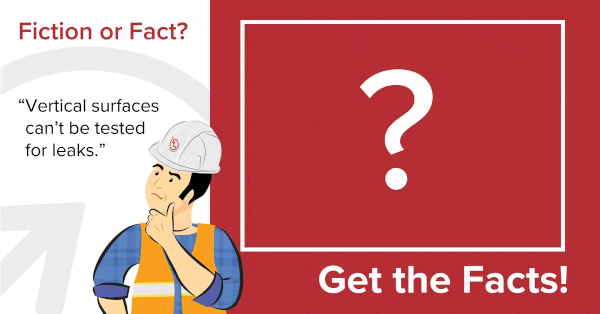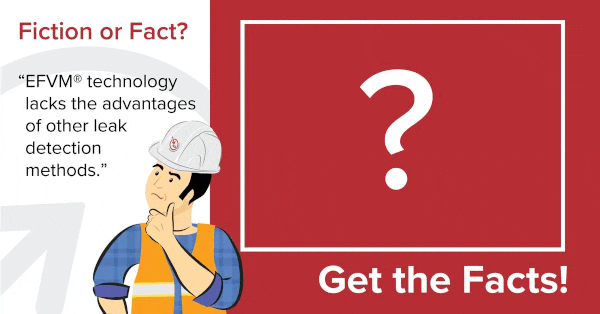Frequently Asked Questions
TEST YOUR ILD KNOWLEDGE AND…
GET THE FACTS!
Is EFVM® leak detection suitable or conclusive on vertical applications?
Others claim that they can test twice as much as ILD and EFVM®. Is this important?
Speed is not important for integrity testing. The most important factor is locating any and all breaches in the roof or waterproofing membrane. The amount of square footage that can be covered in a day is dependent on the number of breaches that we locate. Since we introduced the low voltage method to the North American market in 2001, we have never been on a project where the contractor insisted that we test faster. Their primary interest is always to ensure that ILD delivers a breach-free roof or waterproofing membrane for their client.
Others have claimed that they are the only ones that can test black EPDM. Is this true?
It is not true. Although EPDM is a conductive membrane and therefore not suitable for any electronic test, ILD has been testing EPDM membrane systems for well over 15 years. If the black EPDM membrane is adhered with an “insulating” type of adhesive, then the EFVM® test will perform in locating breaches in the membrane.
How current is ILD EFVM® equipment?
When performing an EFVM® commissioning test on the membrane does it include wall and projection flashing as well? Some have suggested that only high voltage is suitable for this.
During the initial test our technicians include wall and projection flashings with the low voltage EFVM® test. For projection flashing is it important that the membrane is also extended vertically.

